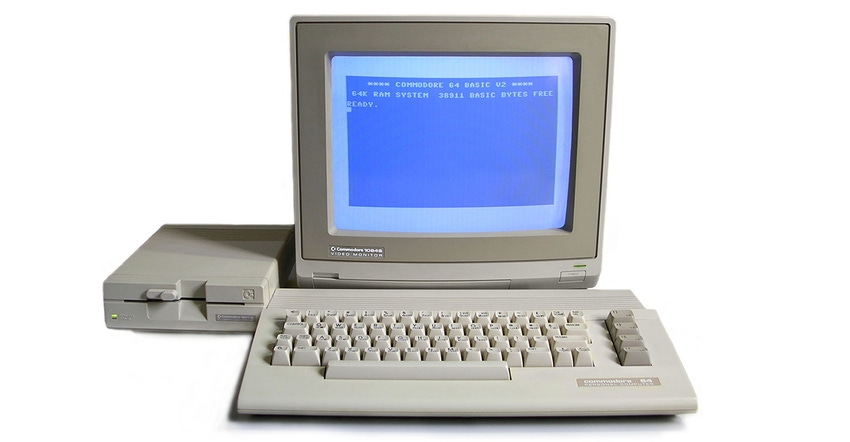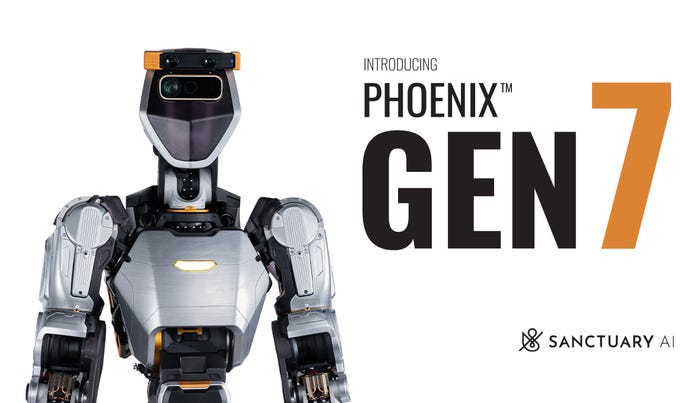Welcome to the Commodore 64 Days of the IoT
In these early days of the Internet of Things, it is the coders and the hardware engineers who wield power.
July 30, 2016

“I think we are at the very beginning of a long journey with the Internet of Things,” declares Zach Supalla, CEO of Particle, the San Francisco–based startup that has created one of the most popular IoT platforms. The industry seems poised to unfold over the next 20 years like the PC and the internet did.
And, in a lot of ways, it is hard to project how it is going to unfold. “In 1982, it would have been tough to predict Amazon.com,” Supalla says.
Much like in the Commodore 64 days—in the early days of the PC—the IoT industry is being mostly controlled by those with considerable technical knowledge.
Consider how much knowledge was required to operate a computer in this time frame. Silicon Valley’s Homebrew Computer Club, which existed from 1975 to 1986, brought together hobbyists interested in building computers from scratch. To use a computer in the early 1980s or earlier required knowing BASIC or at least a command-line–based operating systems like DOS.
The nascent industry didn’t become consumerized until the launch of the Apple Macintosh in 1984, a mass-market computer with a graphical user interface and a mouse.
Merely using a computer in the early 1980s required a significant investment in time. “I think that parallels with where we are with the IoT industry now,” Supalla says. “There are a lot more people today who are investing in learning how to code and learning electronics engineering so they can build circuits and connect things to the internet.”
One of the most popular IoT-related projects on hardware community sites like Hackster.io is the smart home. A hardware hobbyist sitting at home might think: “I want to connect my garage door to the internet.” And by going out and developing the hardware and software to make that thought a reality is thoroughly educational.
“In the early PC days, you were building a simple video game. That was the way that a lot of people entered that space,” Supalla says.
This interest from homebrew IoT enthusiasts leads to demand in IoT development kits that support Wi-Fi. Particle offers both WiFi and cellular platforms, but the interest in the former is considerably higher. “I think the ratio is around 10 to 1,” Supalla notes. “That is partially because it is cheaper. But it is also because most people’s projects are personal projects for a home automation thing they want to do.”
After these developers learn to use the technology and start thinking about creating productional prototypes and scalable products, they tend to move over to cellular from Wi-Fi. “The things that are scaling the fastest are industrial and commercial applications rather than the consumer ones,” Supalla says. “You see a lot of home automation stuff because that is what people are building to learn the technology and get started. Meanwhile, the commercial and industrial applications are less visible.”
This disparity leads to a feeling of overhype in the public. Most people, when they think about the Internet of Things, believe that it is about connecting their front door to the internet. “They might say: ‘yeah, it’s kinda cool, but the batteries could run out and then I won’t be able to open my front door anymore, and that would really suck,” Supalla says. “But the money is being made in the industrial and commercial side, and I think the consumer stuff will take off a few years from now once the costs come down a little bit,” he adds. “Once it is the same cost to make a connected device as it is a non-connected one, that is when the consumer side is going to explode.”
About the Author(s)
You May Also Like
.png?width=700&auto=webp&quality=80&disable=upscale)


.png?width=300&auto=webp&quality=80&disable=upscale)
.png?width=300&auto=webp&quality=80&disable=upscale)
.png?width=300&auto=webp&quality=80&disable=upscale)
